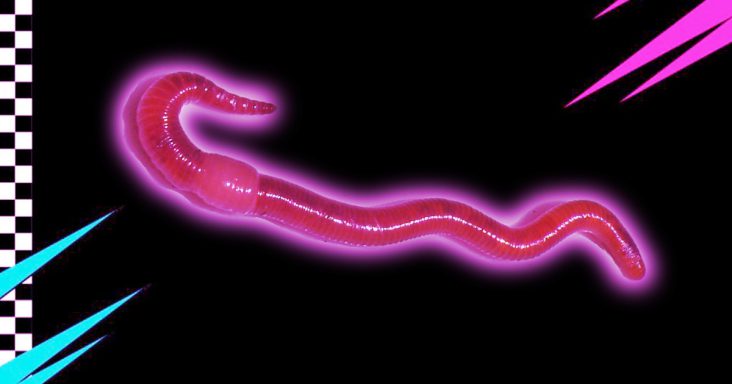

NGSS.3-5-ETS1, NGSS.MS-ETS1, NGSS.MS-LS2-5, NGSS.5-LS2-1, NGSS.HS-ESS2-7
Soil, cardboard box with lid, water, food scraps
An earthworm has no arms, legs, or eyes, but is responsible for helping make our soil healthy and helping provide us with food. As worms move through soil, they create space for water, roots, and air. This helps make the soil less compact, making it easier for plants to grow. Worms also break down organic matter, like leaves and grass, which are important for soil health. As they break down organic matter, they create waste, or castings, which are a natural fertilizer for plants. In one acre of land, there could be one million earthworms that can produce 100 tons of castings.ii Earthworms are an invaluable helper to the agriculture industry.
Share the background information with the students, then share the puzzle to be solved. Determine constraints (e.g., time alotted, space, materials provided, etc.) and divide students into small groups.
Ask a series of questions to help students brainstorm solutions to the puzzle. Encourage students to list all ideas – don’t hold back! Before moving on, make sure each group selects a solution that fits within the contraints.
Students diagram the prototype, identify the materials needed to build the prototype, and write out the steps to take. Students describe the expected outcomes.
Students follow their design plan and build their prototypes. Monitor their progress and remind them about how much time they have.
Students evaluate their creation and compare it with the expected outcomes. Students seek areas of improvement and make changes where needed.
Students share their solution to the puzzle and communicate lessons learned.
Punch holes in the lid and keep the box in a shaded place to keep the soil moist. Occasionally put scraps in the box for the worms to eat. Do not put in meat, onions, or peppers and limit citrus and starchy food.